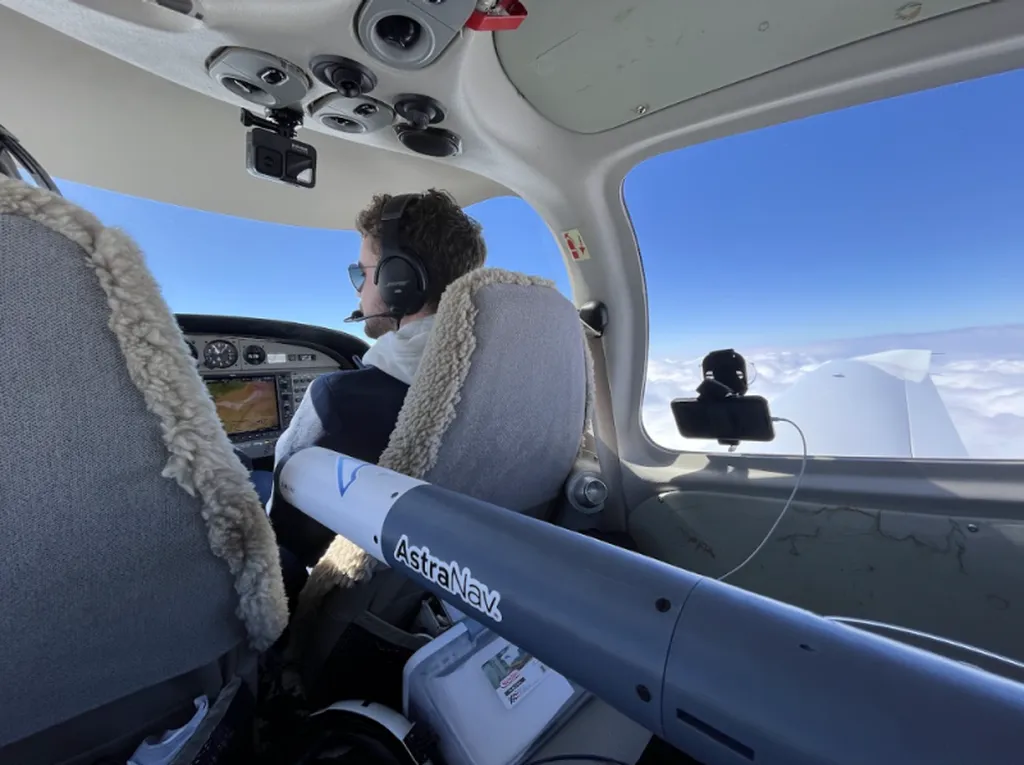Researchers from Virginia Polytechnic Institute and State University, led by Shathushan Sivashangaran, Apoorva Khairnar, and Azim Eskandarian, have made significant strides in the field of autonomous mobile robotics (AMRs), addressing a critical challenge in GPS-denied environments. Their work focuses on enabling AMRs, including wheeled ground vehicles, quadrupeds, and humanoids, to operate effectively in dynamically changing environments without prior maps, relying solely on onboard sensors. This breakthrough has profound implications for various sectors, including defence, agriculture, manufacturing, disaster response, and space exploration.
The conventional approach to AMR automation involves modular systems that handle perception, motion planning, and control separately. This method is computationally inefficient and requires explicit feature extraction and engineering, which limits generalization and scalability. The researchers aimed to overcome these limitations by developing an end-to-end approach that directly maps sensor inputs to control outputs. This method eliminates the need for extensive, well-curated training data, which is typically time-consuming and labor-intensive to collect and label. Additionally, the researchers addressed the challenges of bridging the simulation-to-reality gap using deep reinforcement learning (DRL).
The novel method presented in their research efficiently trains DRL for robust end-to-end AMR exploration within constrained environments at physical limits in simulation. The learned representation in a compact parameter space, consisting of two fully connected layers with 64 nodes each, demonstrates emergent behavior for out-of-distribution generalization. This means the AMRs can navigate new environments, including unstructured terrain without maps, and avoid dynamic obstacles. The learned policy outperforms conventional navigation algorithms while consuming a fraction of the computational resources, making it feasible for execution on a range of AMR forms with varying embedded computer payloads.
The practical applications of this research are vast, particularly in the defence and security sector. Autonomous mobile robots equipped with this advanced navigation capability can operate effectively in GPS-denied environments, such as dense urban areas, underground facilities, or natural disaster zones where traditional navigation systems fail. This enhances the robustness and reliability of autonomous systems in critical missions, improving situational awareness and operational effectiveness. Furthermore, the reduced computational requirements allow for the deployment of these systems on a wide range of platforms, from small drones to large ground vehicles, making them versatile tools for various defence and security applications.Read more at arXiv.

